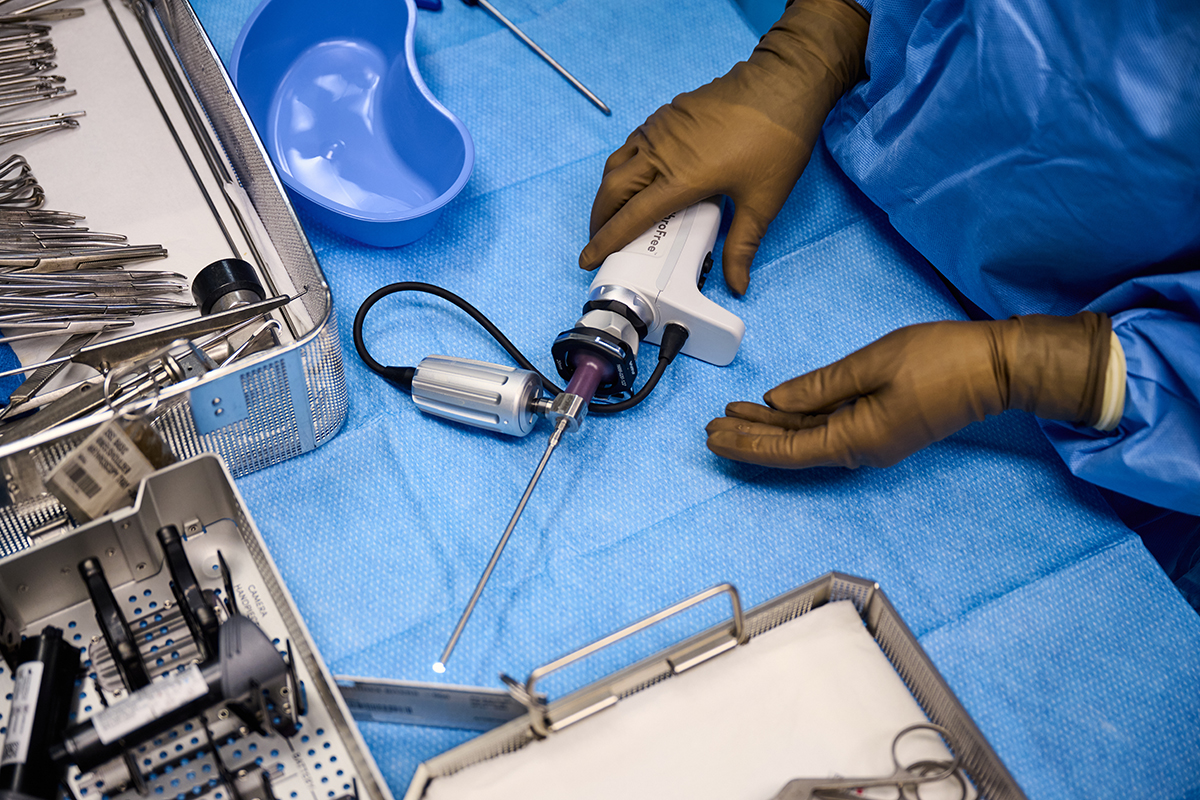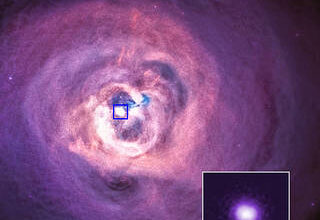Tech Today: Cutting the Knee Surgery Cord
2 min read
Preparations for Next Moonwalk Simulations Underway (and Underwater)

After Eugene Malinskiy saw a physician assistant trip over arthroscopic camera cords during a medical procedure, he and his brother, Ilya, set out to develop a wireless arthroscopic camera.
Early in the development process, the Malinskiys got a boost from engineers at NASA’s Glenn Research Center in Cleveland, who advised on technical specifications through the center’s Adopt-a-City program. This agency program enabled Glenn engineers to consult with them pro bono via a Space Act Agreement with the city of Cleveland.
The team also consulted with NASA engineers on their plan to use the ultra-wideband protocol – radio technology enabling encrypted transfer of a high-definition signal – and their planned processors and chips used in the device’s central processing unit.
Ilya Malinskiy said the company gave investors the space agency engineers’ feedback. “Being able to say we had very skilled NASA engineers take a look at our device and say we should keep going was very, very useful.”
It turned out that the first wireless arthroscopic camera wasn’t entirely unlike CubeSats – tiny satellites that often orbit Earth in clusters.
“We had a lot of the same issues,” Ilya Malinskiy said. “We both have very small devices that need reliable power without adding a lot of weight.”
Ultimately, the NASA engineers connected the Lazurite team with several high-fidelity aerospace lithium-ion battery vendors.
In 2022, Lazurite’s ArthroFree Wireless Camera System became the first FDA-cleared wireless camera system for minimally invasive surgery. Since then, the device has assisted in countless surgeries, and the company has raised tens of millions of dollars.
Share
Details
Related Terms
First published at NASA.gov










